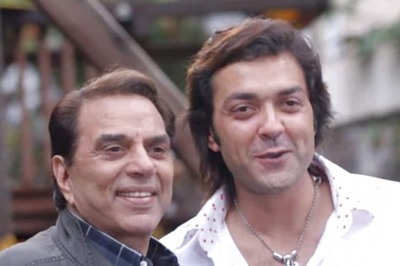
views
New Delhi: Indian politics has witnessed a decisive shift with Saturday’s UP poll results. Not only did the BJP wave contain its opposition – BSP, SP and Congress – to historic lows, it set a personal record in Uttarakhand as well.
BJP’s record performances in UP and Uttarakhand aren’t just going to benefit the party in these states alone. By winning these two states BJP will reap several other indirect benefits such as an improved tally in Rajya Sabha, and improving its chances of electing President and vice-President of its choice.
But will the numbers be enough?
Rajya Sabha
Out of the 250 members in the Rajya Sabha, the BJP has 56 members while the Congress has 59. To approve any bill, the BJP needs approval of at least 126 members of Rajya Sabha.
But the actual fight between the two, when it comes to seeking House’s approval on a bill or a motion, is better understood when one takes into account the alliance partners of both the national parties.
So When BJP relies on the support of parties like Telugu Desam and Shiv Sena its tally goes up to 126, which is still short of majority. This is where BJP’s UP win comes in.
UP sends the highest number of members in Rajya Sabha: 31. But only 10 of these seats might be up for election by 2019. According to a report, by 2019, 69 other Rajya Sabha seats would be up for grabs from states which include Andhra Pradesh, Bihar, Chhattisgarh, Goa and Gujarat. Of these 69 seats, BJP holds 23 seats and Congress 21, and smaller parties like Trinamool Congress, CPI (M) hold smaller shares.
Even if BJP grabs half of these seats, and this would be the best case scenario, it still won’t reach the halfway mark; at least for the next few years.
But with an increasing hold over Rajya Sabha, BJP’s leverage in the House will also increase.
Presidential and Vice Presidential elections
This will be perhaps be the first time that BJP has come into a position where it will be able to appoint, or at least influence, the office of the next President.
The last time BJP came close to this was in 2012 when it picked Vice-President Bhairon Singh Shekhawat. But this time BJP has a clear edge when it comes to picking up the top boss in Rashtrapati Bhawan.
The term of the President Pranab Mukherjee ends on July 24, 2017. Presidents are chosen through an electoral college made up of state legislators and members of Parliament.
But all votes are not counted equal. Every MLA of a state is given a fixed number of votes, which is based on the population of the state. The higher the population, the greater the value of their vote. Now being most populous state, UP legislators, an overwhelming number of which will now be from BJP, will carry votes of highest value.
As far as the office of the Vice-President goes, Hamid Ansari is due to retire on August 10, 2017. Vice-Presidential elections are much simpler; a straight contest between the members of the Parliament.
Having 55 Rajya Sabha MPs plus 282 Lok Sabha MPs gives the party an edge over any opposition. For the post of the Vice-President, BJP could nominate a member of its allies to keep them in good humour.
















Comments
0 comment